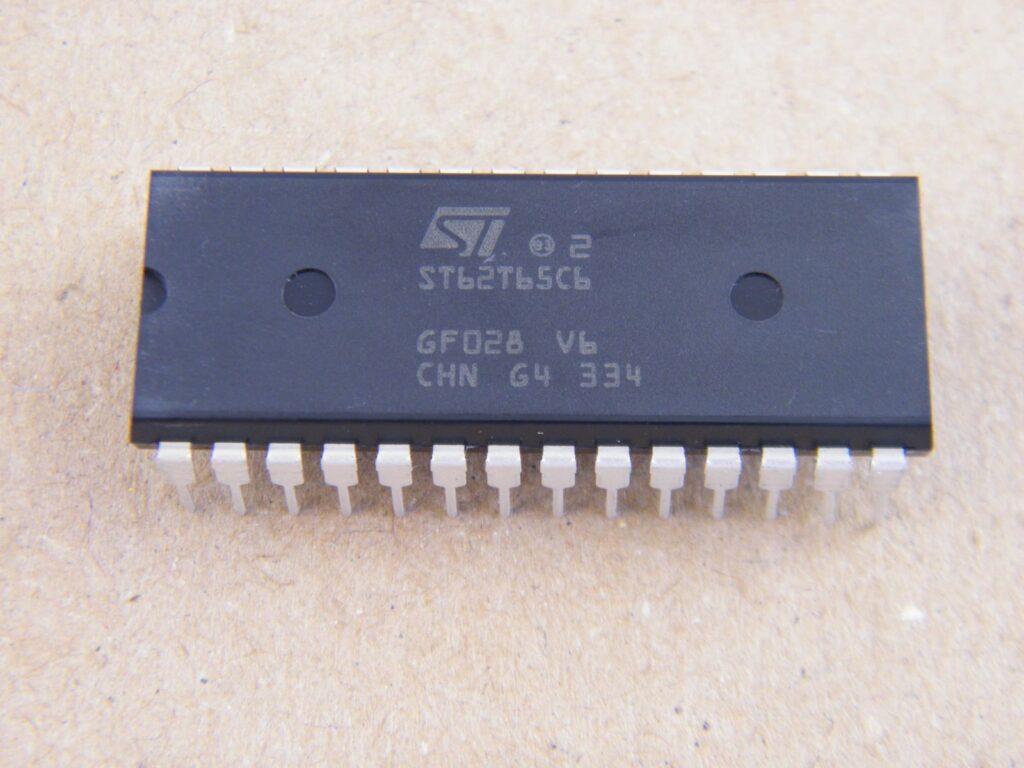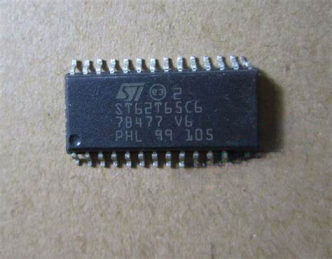STMicroelectronics ST62T65C6 Locked MCU Breaking
STMicroelectronics ST62T65C6 Locked MCU Breaking will extract embedded firmware from ST62T65C6 secured microcontroller flash memory and recover the heximal software file from ST62T65C6 encrypted microprocessor;

The stack operates as a circular buffer. This means that after the stack has been PUSHed eight times, the ninth push overwrites the value that was stored from the first push. The tenth push overwrites the second push (and so on).
Note 1: There are no Status bits to indicate stack overflow or stack underflow conditions.
2: There are no instructions/mnemonics called PUSH or POP. These are actions that occur from the execution of the CALL, RETURN, RETLW and RETFIE instructions or the vectoring to an interrupt address.
The INDF register is not a physical register. Addressing the INDF register will cause indirect addressing. Indirect addressing is possible by using the INDF register. Any instruction using the INDF register actually accesses data pointed to by the File Select Register (FSR).

Reading INDF itself indirectly will produce 00h. Writing to the INDF register indirectly results in a no operation (although Status bits may be affected). An effective 9-bit address is obtained by concatenating the 8-bit FSR register and the IRP bit (Status<7>), as shown in Figure 2-4. A simple program to clear RAM location 20h-2Fh using indirect addressing is shown in Example 2-1 to recreating printed circuit board gerber file.

